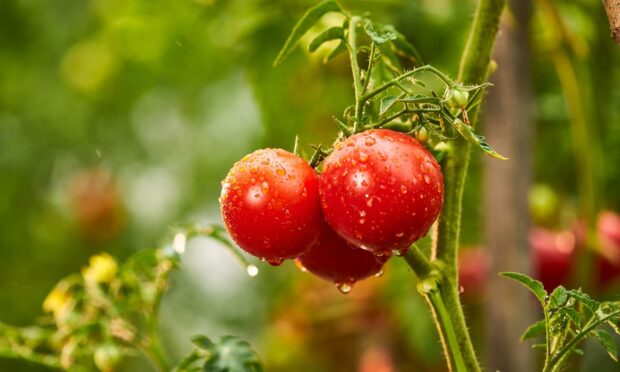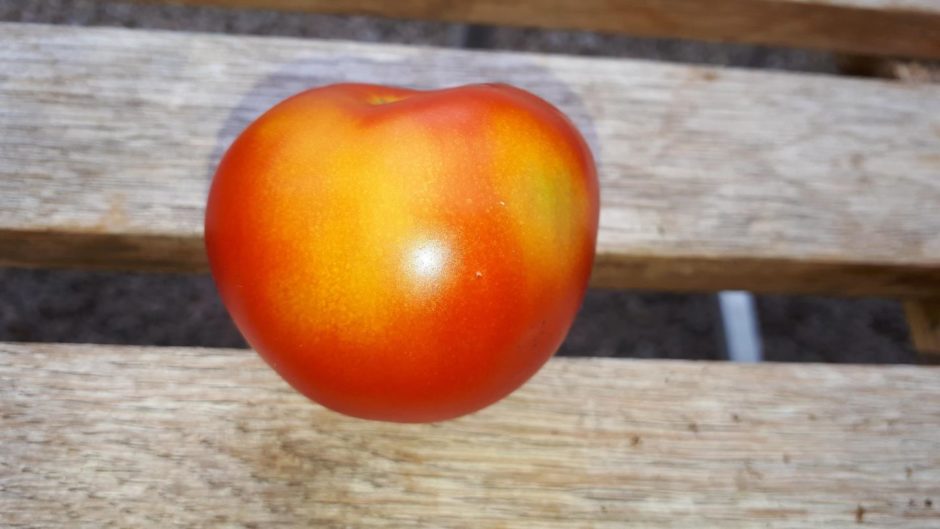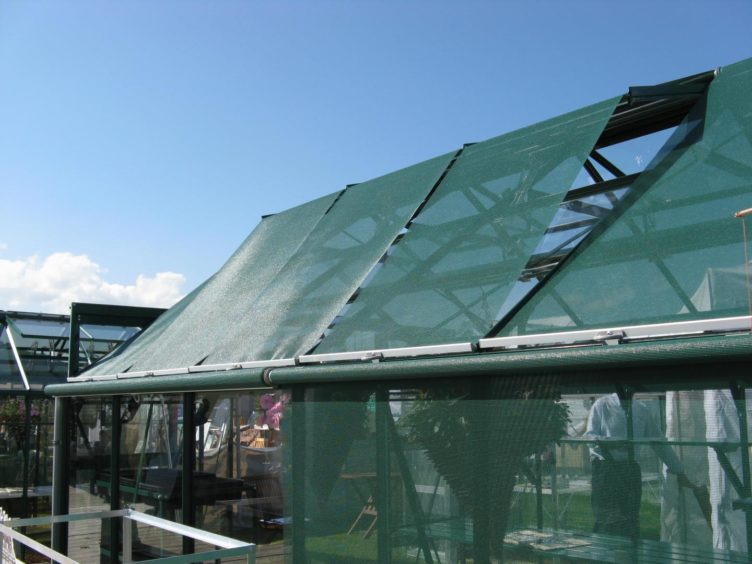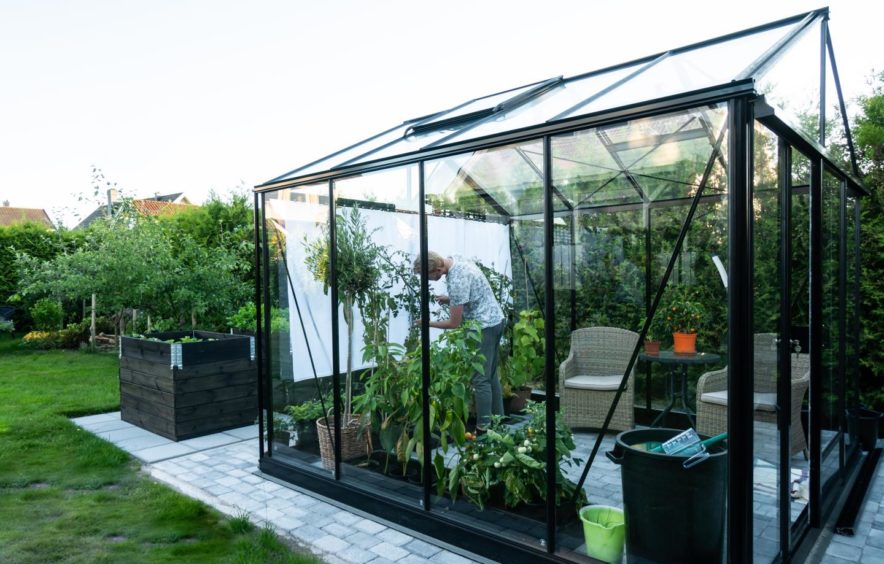“Great minds think alike.” The thought came to me as I read the Ginger Gairdener’s column in Your Life last weekend.
There he was, waxing lyrical about trimming trees and hedges, around the same time as I was reminding readers of Your Home that it was time to be trimming evergreen hedges. That is not a coincidence, quite simply it is the right time of year for Brian in Perthshire and me here in Aberdeenshire to be highlighting these jobs.
With experience, these things come to mind automatically, and if not, a quick glance at the diary will remind us. There is a rhythm to gardening, controlled by the weather and day length.
Keeping up to date with what is happening in other parts of the country provides another valuable source of reminders, but that diary, whilst being used to record future dates of meetings and important events (like the wife’s birthday), in the present context is a record book to remind us about what’s to be done now.
Dealing with our growing seasons
The second half of our growing season brings up problems every year, especially in the greenhouse as we battle against the outdoor elements. Warm days when glasshouse temperatures can soar and the atmosphere dries out – plants can’t tolerate too much of that. Lesson number one – fit automatic ventilation.
Perversely, the next day could be dull and miserable and the temperature in the glasshouse remains too low. Consider installing automatic heating. Fail to get the atmosphere right and the crops will suffer.
Pests and diseases apart, there are some other problems which may occur, at this time, referred to as physiological disorders. Every year, I get questions about one affecting tomato crops – Blotchy Ripening of the fruits is self-explanatory. As the fruit colours up, patches of the surface skin remain green or yellow. These patches may be well defined or may merge into the normally coloured areas.
The problem may be confined to the lower trusses of fruit and it is generally more common on large fruited varieties. Excessively high temperatures in summer (like we have experienced recently) will increase the incidence of blotchy ripening, especially when fruit is exposed to direct sunlight. In general, this disorder is more common on crops growing in garden soil with low fertiliser levels. Too much watering will also increase the possibility of plants suffering.
Glasshouse advice
Back garden glasshouses are notoriously poorly ventilated and as a result, daytime temperatures may soar into the high 30s C but foliage and fruit quality is adversely affected as soon as temperatures rise above about 25 deg C. To cool the place down AFTER the ventilators have opened fully, it may be necessary to leave the door open. You might need to fit a net screen door.
Another problem causing high fruit temperatures is direct sunlight – sunburn in other words. There are two solutions to that, one cultural the other mechanical. Firstly, de-leafing is a common practice to allow air to circulate more freely round the ripening fruits, but over-zealousness may expose fruits to the direct rays of the sun. In other words, continue to de-leaf but ca’ canny!
Secondly, you may choose to shade the greenhouse surface. In the old days we used whitewash with a dash of linseed oil mixed in, to make it stick. Nowadays there are proprietary products on the market for that purpose, like Coolglass. I wouldn’t want to dissuade you from that practice but the trouble is the perverseness of nature itself. No sooner will you have it applied than you won’t see the sun again for several weeks leading to poor setting of later trusses because of low light intensity.
As I recall from way back when – it is devilish stuff to remove at the end of the season. Answer, if you can afford it, fit external blinds, but somebody has to be there to unroll and roll as appropriate.
Experimentation
Finally we come to a much more difficult-to-identify cause. The problem might be accentuated by low nutrient concentration (especially potassium levels) in the compost or the soil in which the plants are growing. This is a big subject, which I have covered in the past and it involves the amount of liquid feed you apply in relation to the amount of plain water applied to the crop.
A typical recommendation reads like this: “When first truss of tomatoes has set, feed at alternate waterings. When using growbags, feed once per week and increase to twice per week after the second truss has set.”
Not an easy concept to grasp, unless you are a soil chemist! Suffice to say, there is room here for a little bit of experimentation, because there are so many different ways of growing tomatoes under glass.
Getting the environment right is the first priority.













